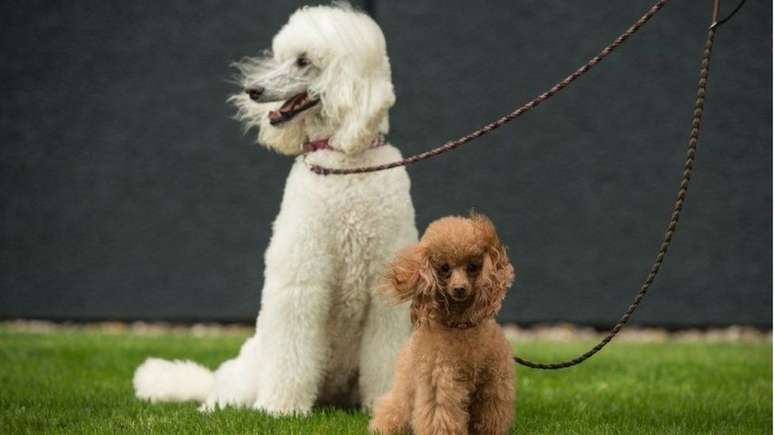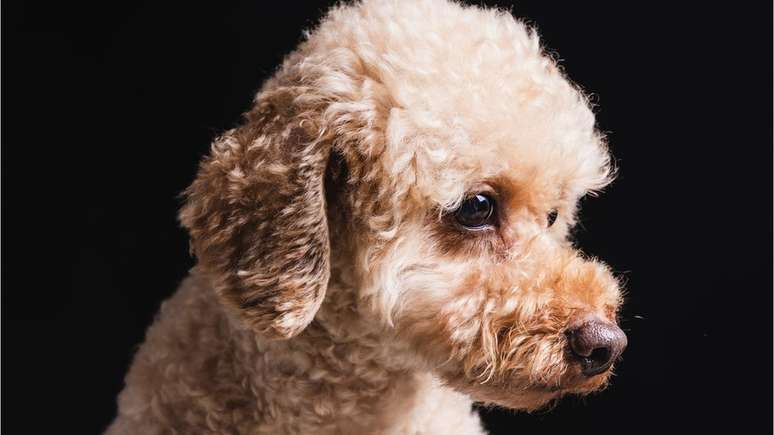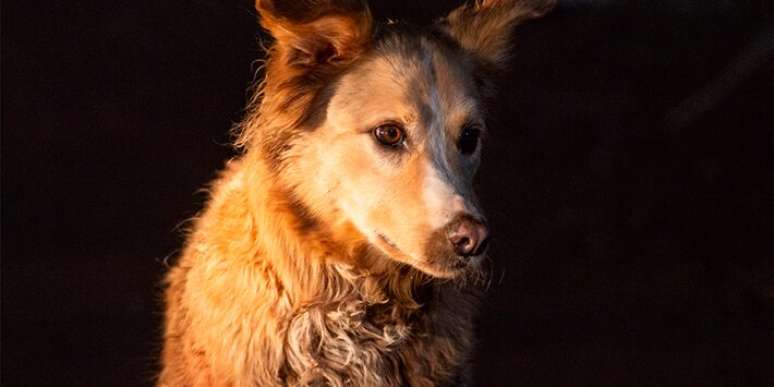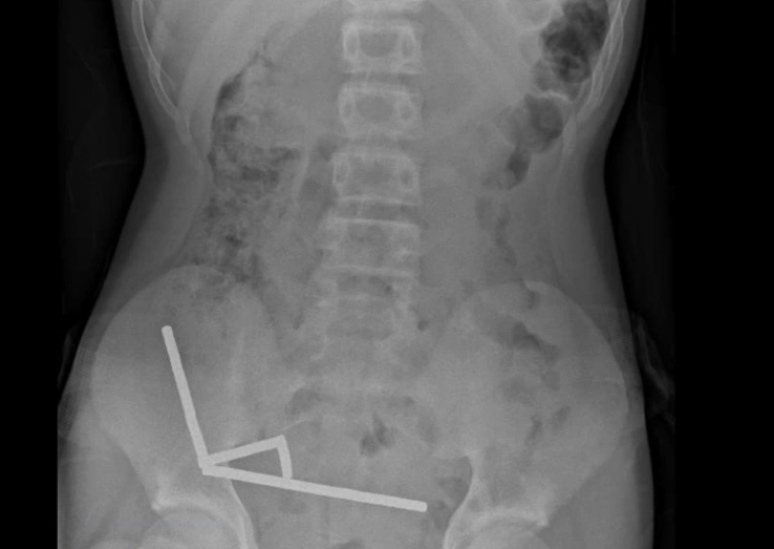It’s not just your impression: if Brazil was a country full of poodles in the 90s, today it is increasingly rare to find one – and this past popularity is one of the reasons that has led to a decline in the number of animals and breeders.

When poodles Brisa, 16, and Belinha, 13, walk the streets of Madre de Deus, Bahia, they no longer receive the praise and caresses they once did.
“Besides looking like old ladies, the breed is no longer the trendy one that people stop and praise when they find it,” says student Laila Cruz, 24, who has lived longer with dogs than without them .
The Brisa and Belinha routine illustrates the current situation of the breed, which in the 1990s and early 2000s was one of the most popular in Brazil: most of those still alive are elderly and few people seek them out.
There is no official census detailing pet breeds in the country, but some data give an overview of the “disappearance” of poodles.
The Brazilian Confederation of Cynophilia (CBKC), which sets standards for breeding and issues pedigree (certificate of origin for purebred dogs) in Brazil, indicates the height of poodles in 1997, when 3,193 were registered by people who sought the organization.
In 2022, despite the increase in the pet market in recent years, the number of registered Poodles was just 501, a decline of almost 85%.
The annual “census” that the companies DogHero (pet accommodation) and Petlove (e-commerce) carry out among customers registered on the platforms shows that in 2021 62% of poodles were over 15 years old. end of their life.
In the same survey, breed represented 5% of dogs registered on the platforms in 2021 – less than the 6.1% identified in 2017, in the first survey, and behind mixed-breeds (no breed defined), shih-tzus and Yorkshires.
But what happened to make these dogs go out of style in Brazil?

The missing
The breed specialists BBC News Brasil spoke to agreed that the poodle’s popularity was part of its “misfortune”. With the high demand for purebred dogs, the number of people creating, breeding and selling the animals in Brazil has also skyrocketed.
“All the breeds that have a peak in popularity are sold by several breeders. What often happens is that these are people who aim only for profit, without criteria or studies on the breed”, evaluates Maria Gloria Romero, owner of a specialized breeding in poodles registered in São Paulo.
In the case of poodles, the desire of families was for smaller and smaller animals. The situation has reached a point where, in Brazil, animals with the name “micro” or “zero” have started to be sold – even though, in the official criteria, the smallest size was a “toy”, with a height between 24 and 28 cm.
“They were crossing the youngest with the youngest, father with daughter, to satisfy the desire of customers who wanted a ‘pocket dog’, a bibelô,” says Giovana Bião, poodle breeder and owner of a poodle farm in Salvador.
“The result of this research is often animals with deficiencies, problems. Very small ones should only be for companionship, not breeding.”
Among the problems that have become more common among Poodles in Brazil are bone fragility, seizures, dental arch deficiencies and so-called “acid tears”, which leave the area near the eye dark.

According to specialist breeders, when a trait affecting the animal’s health is identified, the dog should not be used for breeding. Closely related dogs should also not be crossbred.
In addition to a reputation for having problems that end up “undermining” interest in the breed, Maria Gloria Romero believes families bought puppies for children hoping the animals would not grow up – but, many times, they have.
In the late 1990s, when the breeder founded the Poodle Clube Paulista, families constantly complained at the exhibitions which, at the time, brought together dozens of animals: “I got tired of being approached at demonstrations by people who really felt deceived by the kennels that reproduced regardless of the breed”.
The club lasted until 2003, when hardly any animals showed up at the events anymore.

“They want a stylish dog”
Lara, 6, is the seventh poodle in 25 years for systems analyst Bruno Gomes, 40, in Gurupi, Tocantins. “It’s really hard to find another one around here,” he says.
Gomes’ insistence on race — which, for him, has intelligence and not shedding as its main advantages — can be considered an exception.
In addition to the health problems that have become commonplace, another essential factor for the Brazilians’ disinterest in Poodles is the cyclical movement that occurs with the “trendy breeds”.
“Brazilians are very fashionable. The poodle has become cheap, everyone had it, it was no longer a novelty. Then, the neighbor appears with a new breed and this, unknowingly, fills the eyes”, explains the breeder Giovana Bião.
For Lucas Woltmann, a doctoral student in Social Anthropology at the Federal University of Rio Grande do Sul (UFRGS) who studies the creation of dog breeds, “entering or leaving ‘fashion’ will depend on multiple factors, from collective influences (films, books) to ‘individual, such as personal tastes and space limitations”
In Brazil, some breeds that have taken over from the poodles in popular taste were yorkshires, pugs, shih-tzus and, more recently, the german spitz – or pomeranian lulu.
In the perception of Laila Cruz, caretaker of two elderly poodles, the “new” fashionable breeds – often more hairy and “delicate” – are also gaining ground thanks to social networks.
“Dogs now have to be ‘Instagramable,’ they have to be cute, and the poodle is a breed that needs a lot of grooming. As they get older, they don’t look so cute. So, people want socially worthy pets,” she says.
Lucas Woltmann agrees that networks influence “the presentation of hitherto unknown races, helping to build desires and expectations about them.” For the researcher, this relationship between dog breeds and “status” begins in history with the ideas of “noble” dogs.
According to his research, hunting literature in the medieval period, for example, made distinctions between “noble” and “non-noble” dogs.
“This stimulated analogies between man and dog and supported ideas on a possible biological and hereditary dimension of nobility, the most evident imprint of which was the appearance of the concept of ‘noble blood’ between the 13th and 14th centuries,” he explains.
Investment in dog breeds gained momentum in Britain in the second half of the 19th century when there was a popularization of organized breeding in kennel clubs.
These places began to establish morphological and behavioral patterns and to create animal pedigree registries, something that today is perpetuated by confederations such as CBKC in Brazil and Kennels Clubs around the world.
In the case of the poodle, according to the Kennel Club of England, it originates in Germany, where it was bred to be a water hunter, particularly ducks, over 400 years ago. The first poodle record dates back to 1874 in England.

Back to fashion?
For those who have seen the creation of the breed all but disappear in Brazil, the current momentum is positive.
The investment that Giovana Bião made in her poodle farm in Salvador in 2014 has been labeled “madness”. But, according to her, the market has started to show good signs, with the emergence of new creators.
“In the world of groomers (professionals specializing in pet aesthetics), the poodle is highly regarded, because there are a huge number of possible grooming options. It’s a unique animal because of that,” he says.
The breed has also been sought after, especially abroad, for being company with autistic children, as they are considered to be very obedient and attentive to the feelings of their owners. Another advantage is that it is a breed that does not cause allergic crises.
Maria Gloria Romero, who has never stopped breeding poodles, realizes that the current demand is from a clientele with greater purchasing power, who have grown fond of poodles for their “happy, intelligent and faithful” character. .
Even with a possible recovery, the two farmers still have to look for animals overseas, in countries like Japan, Russia and Sweden, to “maintain the standards” in their herds.
“I’m even grateful that the breed has lost popularity, because breeders today are insightful,” Romero assesses.
According to data from CBKC, which now has 56 registered Poodle breeders in Brazil, the year with the lowest number of reports of the breed was 2016 (450). Since then the number has increased slightly (in 2022 it was 501).
Of course, according to experts, what happened to the poodle can also happen to other breeds that are fashionable in Brazil today.
Originally posted at – https://www.bbc.com/portuguese/geral-64407900
Source: Terra
Ben Stock is a lifestyle journalist and author at Gossipify. He writes about topics such as health, wellness, travel, food and home decor. He provides practical advice and inspiration to improve well-being, keeps readers up to date with latest lifestyle news and trends, known for his engaging writing style, in-depth analysis and unique perspectives.








